What is DO-178C?
DO-178C is a formal process standard that covers the complete software lifecycle – planning, development and integral processes – to ensure correctness and robustness in software systems for civil airborne applications. The integral processes include software verification, software quality assurance, configuration management assurance and certification liaison with the regulatory authorities. Increasingly, standards developed for the commercial aviation including DO-178C have also become recognised as best practice in the defence sector.
What is the difference between DO-178C and DO-178B?
In January 2012 DO-178C replaced the long-standing DO-178B standard as the de facto reference for the development of embedded software in the civil aviation sector. Its introduction improved safety requirements and the accommodation of new technologies for development and verification in civil aviation.
LDRA has participated extensively on both the DO-178B and DO-178C committees over nearly two decades. Mike Hennell, LDRA’s CEO, was instrumental in the inclusion of several test measurement objectives in the standard, including those relating to structural coverage analysis. The LDRA tool suite*®* was itself a forerunner in automated verification for certification to DO-178B.
What other standards are related to DO-178C?
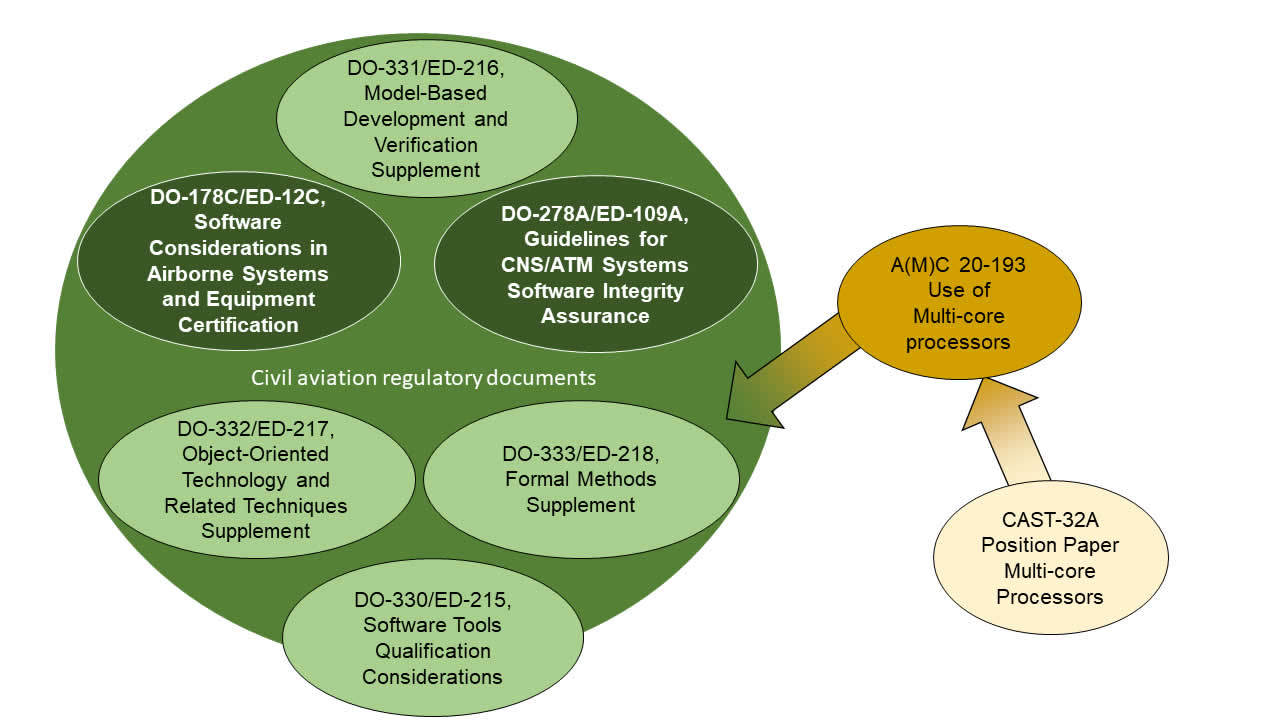
There are several standards and other documents that are intended to be use as a collective in the development of software systems that are applicable to civil aviation.
DO-178C and DO-278A/ED-109
DO-278A is entitled “Guidelines for communication, navigation, surveillance and air traffic management (CNS/ATM) system software integrity assurance.” It serves a similar purpose for ground based systems as DO-178C does for airborne systems, and was developed in parallel to it. As a result, around 75% of it is similar.
DO-178C and DO-330/ED-215
DO-330 is called “Software tool qualifications considerations”. “Tool qualification” is a generic term to describe a process designed to ensure that the risk of a tool error impacting the safety of a system is acceptably low – either because the errors are few, or because they cannot impact safety. DO-330 provides tool qualification for tools to be used in achieving the objectives described in DO-178C and DO-278A. It is also designed for use in other domains unlike the other supplementary documents DO-332 and DO-333.
DO-178C and DO-332/ED-217
DO-332 is entitled “Object Oriented Technology and related technologies supplement to DO-178C and DO-278A”. It is supplementary to DO-178C and DO-278A and includes additional objectives that apply when using object-oriented programming and complementary practices. It also provides advice on how the objectives in DO-178C should be approached in the Object Oriented (OO) environment.
DO-178C and DO-333/ED-218
DO-333 is called “Formal Methods Supplement to DO-178C and DO-278A”. It is supplementary to DO-178C and DO-278A, and identifies additional objectives that apply when using formal methods as part of a software life cycle. It also provides advice on how the objectives in DO-178C should be approached when formal methods are being applied.
DO-178C and CAST-32A
CAST-32A is a Position Paper relating to multicore processors, written by the Certification Authorities Software Team (CAST). Multicore processors are a relatively new challenge in the world of civil aviation, and this paper describes a set of objectives to be fulfilled when such devices are selected for use in a DO-178C compliant project. Although CAST papers do not represent official guidance, they are authoritative and their advice is often adopted even before it is formally integrated into subsequent published standards.
DO-178C and AC 20-193/AMC 20-193
CAST-32A will be deprecated when its recommendations relating to multicore processors are incorporated in both the harmonized standards EASA AMC 20-193 and FAA AC 20-193 known collectively as A(M)C 20-193. The advice and guidance in these documents is designed to be supplemental to DO-178C and other avionics related standards such as DO‑278A.
What does DAL mean in the context of DO-178C?
DAL is an abbreviation for Development Assurance Level, sometimes referred to a simply a Level. The ARP 4754A standard dictates that functional hazard analyses and system safety assessments are completed prior to a system’s development. A Development Assurance Level (DAL) is assigned accordingly for that system, and for the subsystems that implement its hardware and software requirements. The DO-178C standard then provides detailed guidance for the development and verification of safety critical airborne software systems in accordance with the assigned DAL, such that the effort and expense of producing such as a flight control system is necessarily higher than that required to produce (say) a bathroom smoke detector.
What is involved with DO-178C compliance?
DO-178C covers the complete software lifecycle: planning, development and integral processes to ensure correctness and robustness in the software. The integral processes include software verification, software quality assurance, configuration management assurance and certification liaison with the regulatory authorities and although they do not oblige developers to use analysis, test, and traceability tools in their work, such tools improve efficiency in all but the most trivial projects to the extent that they have a significant part to play. The extent of the work is proportionate to the risk involved should the software fail, and hence is proportionate to that DAL applied to it.
How does LDRA help with DO-178C compliance?
The DO-178C standard calls for phased development approach, with the application of verification and validation techniques along the way to confirm compliance with the standard.
Static analysis
LDRA tools perform static analysis on the code in accordance with DO-178C’s recommended practices. Static analysis can be likened to an automated “inspection” of the source code, comparing the code under review with the chosen software coding standard. Non-conformances are highlighted as required by DO-178C, along with other undesirable characteristics such as high complexity.
Dynamic analysis
The use of LDRA tools’ dynamic analysis capabilities involve the execution of some or all of the code as part of low-level (unit) test, integration test, and system test. The objective here is to show that it has been exercised sufficiently and that it behaves in accordance with requirements. The on-target, dynamic test capabilities are particularly important in demonstrating that the code is appropriate for its target environment.
Structural coverage is used to identify which code structures and component interfaces have been exercised during the execution of requirements-based test procedures, facilitating the empirical measurement of requirements-based test effectiveness. As the name implies, structural coverage analysis involves the scrutiny of the structural coverage to determine if there are any parts of the code which have not been sufficiently exercised, and if not, why. The level of coverage require is proportionate to the DAL of the software under development.
Bidirectional requirements traceability
DO-178C insists that requirements should be traceable through to every stage of development, and vice versa to ensure that the whole code base is traceable to requirements. LDRA provides a comprehensive, role-based approach to traceability.
Requirements and verification tasks can be assigned to team members, and all resulting artefacts can be aggregated and linked. The result is a complete bidirectional process across the life cycle, ensuring that any changes to requirements, design, or source code are easily understood, verified, and traced.
自我介绍一下,小编13年上海交大毕业,曾经在小公司待过,也去过华为、OPPO等大厂,18年进入阿里一直到现在。
深知大多数Go语言工程师,想要提升技能,往往是自己摸索成长或者是报班学习,但对于培训机构动则几千的学费,着实压力不小。自己不成体系的自学效果低效又漫长,而且极易碰到天花板技术停滞不前!
因此收集整理了一份《2024年Go语言全套学习资料》,初衷也很简单,就是希望能够帮助到想自学提升又不知道该从何学起的朋友,同时减轻大家的负担。
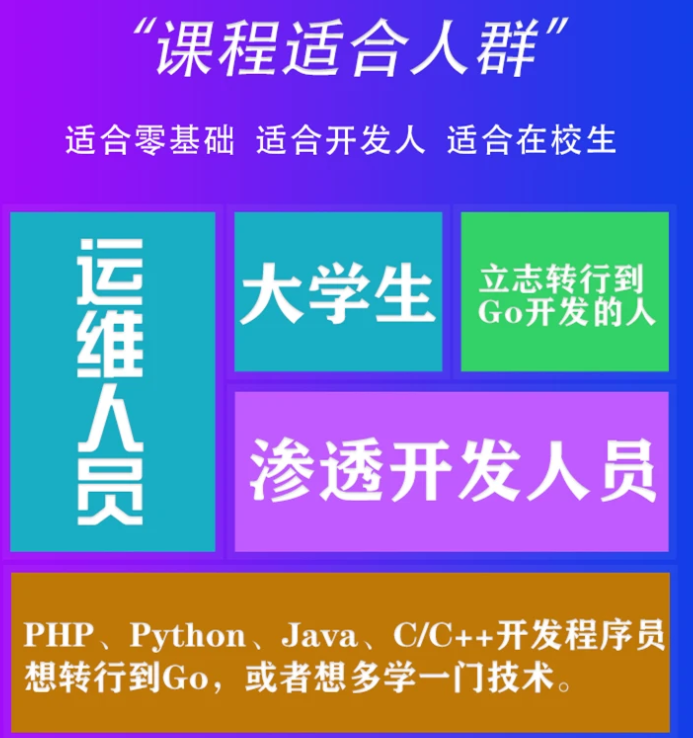

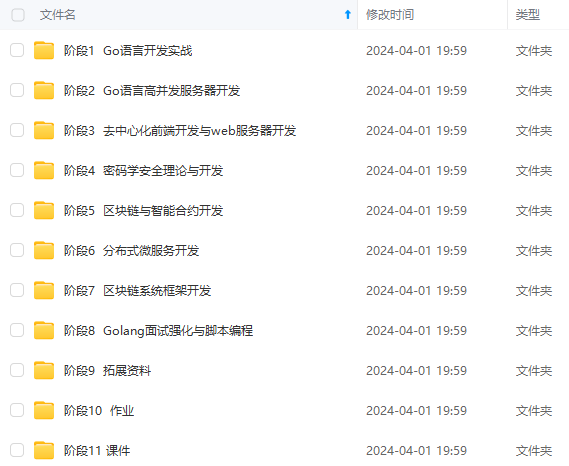
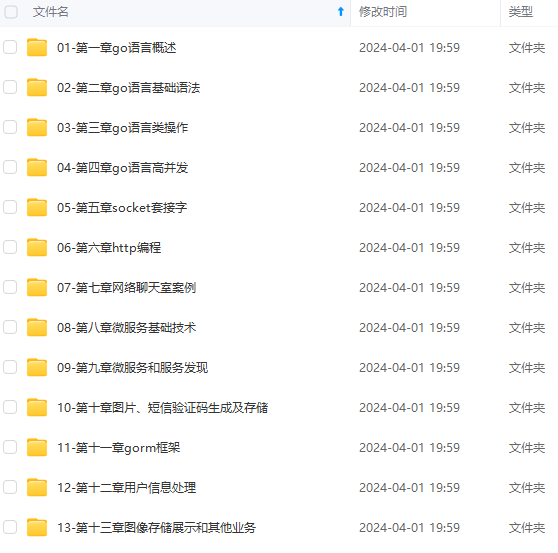
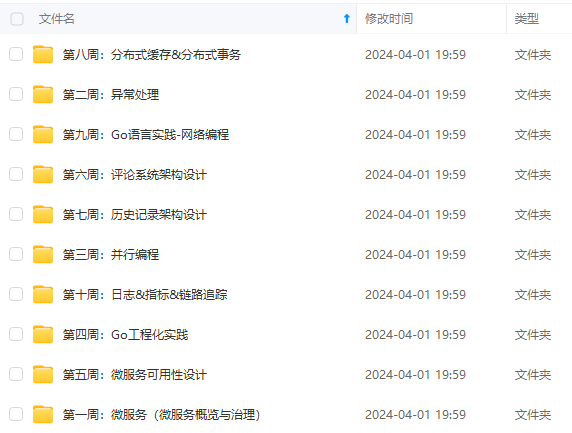
既有适合小白学习的零基础资料,也有适合3年以上经验的小伙伴深入学习提升的进阶课程,基本涵盖了95%以上Golang知识点,真正体系化!
由于文件比较大,这里只是将部分目录大纲截图出来,每个节点里面都包含大厂面经、学习笔记、源码讲义、实战项目、讲解视频,并且后续会持续更新
如果你觉得这些内容对你有帮助,可以添加V获取:vip1024b (备注Go)

一个人可以走的很快,但一群人才能走的更远。不论你是正从事IT行业的老鸟或是对IT行业感兴趣的新人,都欢迎扫码加入我们的的圈子(技术交流、学习资源、职场吐槽、大厂内推、面试辅导),让我们一起学习成长!
2961474406)]
一个人可以走的很快,但一群人才能走的更远。不论你是正从事IT行业的老鸟或是对IT行业感兴趣的新人,都欢迎扫码加入我们的的圈子(技术交流、学习资源、职场吐槽、大厂内推、面试辅导),让我们一起学习成长!























 被折叠的 条评论
为什么被折叠?
被折叠的 条评论
为什么被折叠?








